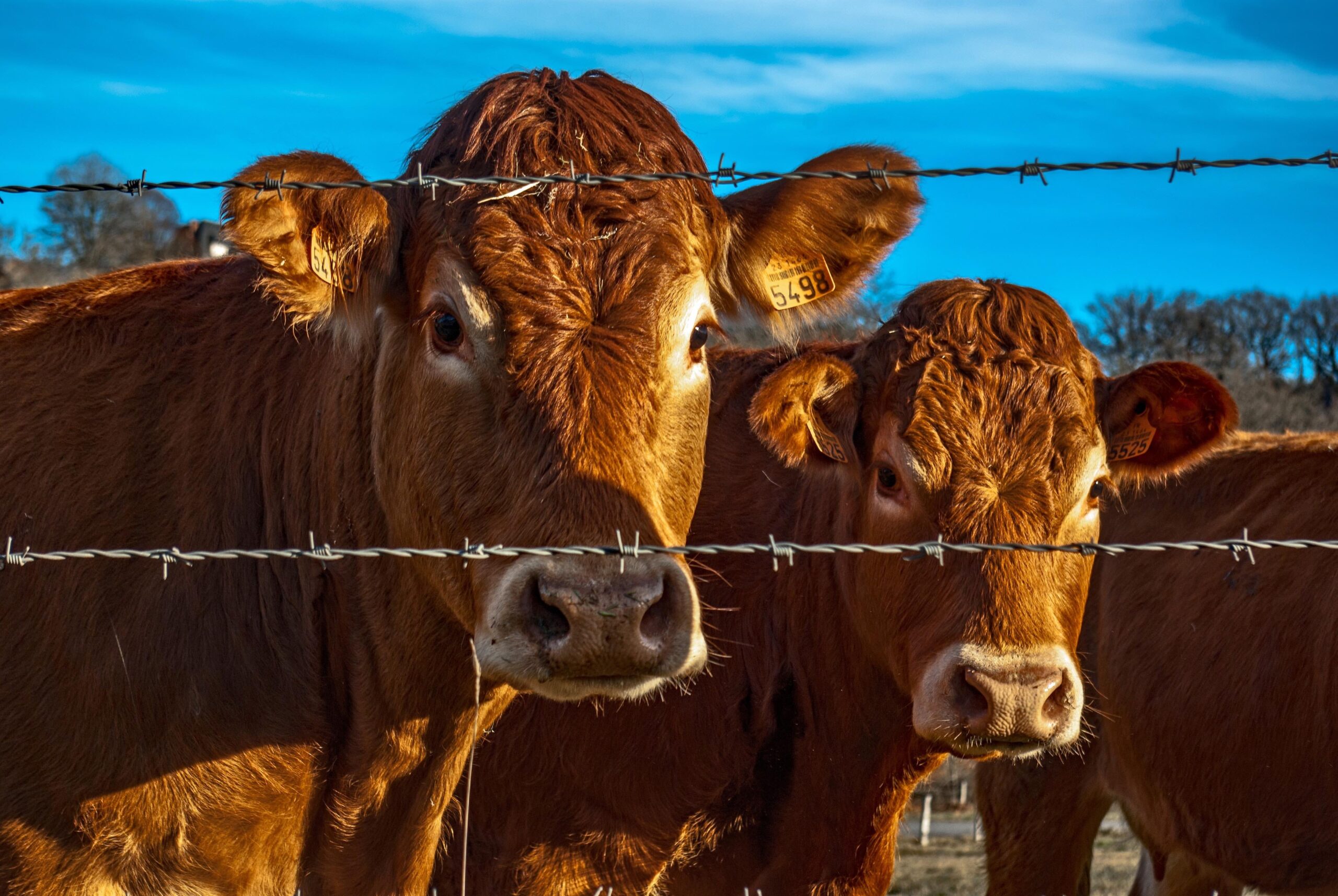For the last three years, Clemson Cooperative Extension has been heavily involved in researching local meat supply and demand. Extension associates interviewed and surveyed livestock producers, processing facilities, and local meat consumers. As a result of this research, South Carolina is the most recent of the southern states[1] to invest in expanding local meat processing.
Assuming these investments solve local processing bottlenecks, the consumer demand study results are now the most important piece of the puzzle: will consumers purchase additional amounts of locally raised meat? The South Carolina consumer study seeks to provide direct-to-consumer livestock producers with additional marketing information for locally raised beef, chicken, pork, turkey, lamb, and goat. A summary of the results:
Consumers of locally raised meats
- Consumers tend to be younger (<45 years of age), reside in larger households, have higher educational attainment and household income, and are long-term residents of South Carolina.
- Local meat consumers are generally willing to pay up to a 24% premium for locally raised meats to eat at home, and this holds true for all meats studied.
- Beef is the most popular local meat consumed, which is different from overall US meat consumption, where chicken is the most consumed meat.
- The most desirable attributes of local meats are hormone-free, all-natural, no antibiotics, and grass-fed. Knowing the farmer was the lowest ranked, or least important, attribute.
Marketing challenges and opportunities for locally raised meats
- Stated barriers to purchasing (or purchasing more) locally raised meats are product unavailability, high prices, food safety concerns, convenience, and ease of preparation.
- Consumer-preferred buying locations (ranked) were grocery stores, directly from farms, farmers markets, butcher shops, and online orders.
- Most consumers are unwilling to drive more than 20 miles to purchase locally raised meat.
- Due to the first three bullets in this section, availability becomes a larger issue: locally raised meats are not typically offered in grocery stores, consumers are unwilling to drive to remote farms, farmers markets have limited days and times of operation, and there are relatively few specialty butcher shops.
- Ease of preparation is important, and most locally raised meats are sold frozen.
- Consumers are accustomed to seeing meats on display before purchasing, while many direct-to-consumer livestock producers at farm markets keep their meats in closed coolers.
The full study, with additional findings and research, is published in an open-access journal at this link https://doi.org/10.5304/jafscd.2023.122.009. Also, please feel free to contact the author with any questions.
[1] According to the Niche Meat Processing Assistance Network (www.nichemeatprocessing.org), Arkansas, Kansas, Kentucky, Missouri, North Carolina, and Oklahoma have also invested in local meat processing facilities.
Richards, Steven Todd. “Marketing Locally Raised Meats? Lessons Learned in South Carolina.“ Southern Ag Today 3(17.2). April 25, 2023. Permalink
Photo by Pixabay: https://www.pexels.com/photo/agriculture-animal-beef-bull-301600/

